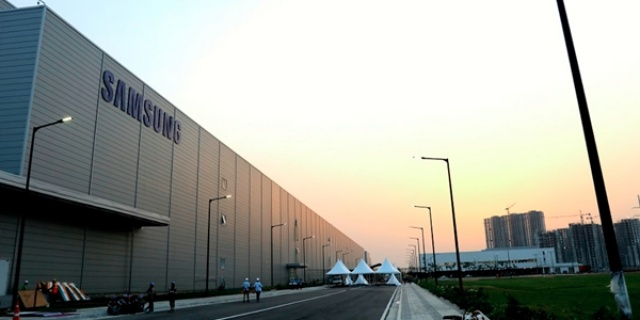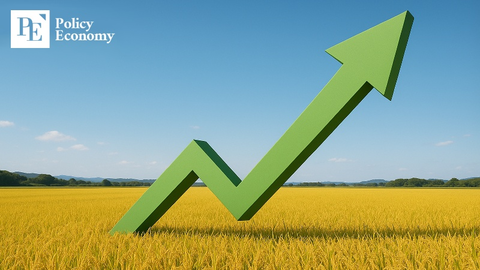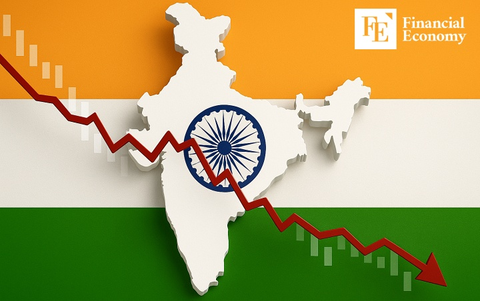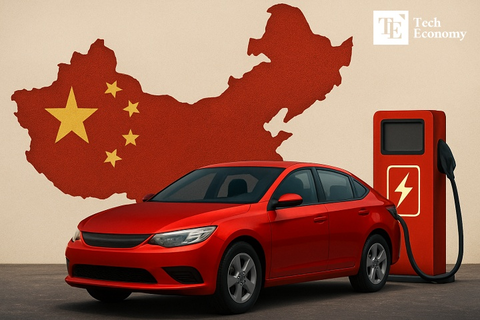"Overwhelming Growth with Countless Uncertainties" — The World’s Attention Turns to India
Input
Changed
Large Population and Expanding Domestic Market Raise India’s Appeal But Infrastructure Imbalances and Geopolitical Uncertainties Remain More Investors Focus on India’s Long-Term Trajectory

As U.S.-China tensions persist, global manufacturers are accelerating their shift away from China, and India is rapidly emerging as a leading alternative. India is projected to post one of the highest economic growth rates in the world this year. Backed by strong government policies to promote manufacturing and the scale of its vast domestic market, the country is actively working to attract global companies.
While uncertainties remain—such as the U.S.'s reshoring policies—markets increasingly view India as a country favored by time, with momentum growing for long-term investment.
Post-China India Draws Global Attention with Overwhelming Growth Prospects
As U.S.-China tensions persist, global manufacturers are accelerating their exit from China, and India is rapidly emerging as a compelling alternative. According to industry sources on the 9th, the International Monetary Fund (IMF) projected in its World Economic Outlook last month that India’s GDP will reach the fourth-largest in the world this year. The IMF stated, “India’s GDP is expected to reach USD 4.187 trillion, slightly surpassing Japan’s USD 4.186 trillion, positioning it as the fourth-largest economy in the world.”
This forecast stems from the global manufacturing sector’s search for alternatives amid the “China exodus.” As uncertainties around the Chinese market grow due to prolonged U.S.-China tensions, multinational companies are accelerating efforts to diversify their supply chains. India has emerged as the strongest contender in this reshuffling — not only is it the world’s most populous nation, but it also boasts a vast and growing domestic market. Moreover, India is seen as one of the few emerging economies that offers both political stability and an open economic structure.
India’s economic performance has been remarkable. The United Nations revised its economic outlook last year, raising India’s projected GDP growth from 6.2% to 6.9%. The IMF offered a similar estimate of 6.8%, while even the typically conservative Organisation for Economic Co-operation and Development (OECD) forecasted a 6.7% growth rate. These institutions share a consistent view: India’s abundant and low-cost labor force, combined with a steadily improving infrastructure, will accelerate its transition toward a manufacturing-driven industrial structure.
Slowdown and the Trump Factor
However, this rosy outlook did not fully materialize last year. India posted a growth rate of 6.5%, its lowest in four years — a notable slowdown since the pandemic recovery. As the base effects from post-COVID rebounds faded, India’s high-growth momentum weakened. The fact that India’s performance fell short of market expectations is a reminder that the country still faces hurdles in firmly establishing itself as a central hub in global supply chains.
Adding further uncertainty is the policy direction of the Trump administration, which is expected to influence global supply chains significantly. Observers warn that the U.S.’s push for stronger protectionism and reshoring of domestic industries could pose challenges for manufacturing-focused nations like India. Sam Jo Kim, an economist at EFG Asset Management, commented, “India is likely to maintain around 6.5% growth through the 2025–2026 fiscal years, but U.S. tariff policies remain a major wildcard. The key will be how successfully the Indian government navigates negotiations with the U.S.”
Another pressing issue is India’s uneven infrastructure. Due to disparities in logistics networks, electricity supply, and education levels between major metropolitan areas and smaller cities, foreign companies continue to concentrate their investments in the capital region. Unlike IT and service industries, manufacturing requires advanced physical infrastructure. Thus, voices are growing louder for more balanced infrastructure investment to truly transform India into a manufacturing hub.

Despite Challenges, Time May Be on India's Side
Despite these headwinds, global markets still tend to view India as a long-term investment destination. Structural advantages such as demographic trends, domestic consumption potential, and the direction of government industrial policies are seen as outweighing temporary growth slowdowns or geopolitical uncertainties. From the perspective of multinational corporations, it is increasingly seen as more rational to bet on long-term potential rather than hold out for ideal near-term conditions.
The Indian government is also actively working to attract production facilities by offering tax incentives, relaxing foreign direct investment (FDI) regulations, and expanding production-linked incentives (PLI). Aggressive investment in infrastructure, such as roads, ports, and telecommunications, is rapidly improving logistics and manufacturing environments. These policy moves are part of the government’s overarching “Self-Reliant India” strategy, which many see as a defining difference between India and other emerging economies.
Major global companies are stepping up their investment in India. Tesla has publicly discussed the possibility of building a production facility in the country, while Apple is in the process of shifting a substantial portion of its iPhone production to Indian plants. Automakers like Japan’s Toyota and France’s Renault are also expanding joint ventures in India. Tech giants like Samsung Electronics and Micron are moving forward with concrete plans to increase production in the country.
These developments bolster the view that India may not just replace China in global supply chains, but could become a new central hub in its own right.





















